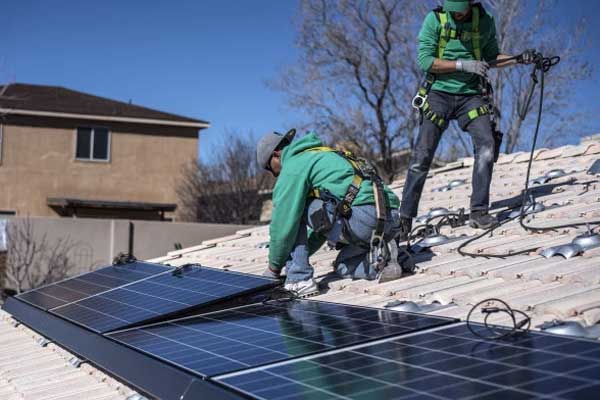NOVA SCOTIA, August 04, 2019 (Originally Published August 01, 2019) — The federal government of Canada and the provincial government of Nova Scotia are working together to add cleaner, renewable electricity in the province to power federal facilities.
An agreement signed, Aug. 1, will help the federal government reach its goal of using 100 percent clean electricity in all federally owned facilities by 2025.
It is estimated that projects will need to generate about 100,000-megawatt-hours of new renewable electricity. That is enough energy to power about 10,000 homes a year.
“Nova Scotia is a national leader in fighting climate change,” said Energy and Mines Minister Derek Mombourquette. “This investment will mean we can add more clean energy to our grid, support jobs, create opportunities for businesses to grow and protect the environment for future generations.”
The province will lead an open, transparent and fair process to build new renewable energy projects. The electricity generated will be purchased by the Government of Canada, at a fair price, to meet its energy needs.
“This partnership will ensure a fair rate for the long-term supply of clean electricity for federal buildings, set the stage for a sustainable clean energy model for the future and leverage partnerships with Indigenous Peoples on clean electricity solutions,” said MP Sean Fraser, on behalf of Public Services and Procurement Minister Carla Qualtrough.
This will significantly reduce greenhouse gas emissions from federal facilities in Nova Scotia. This includes the Canadian Forces Base in Halifax, which accounts for about 70 percent of the federal government’s electrical use in Nova Scotia.
Nova Scotia has one of the most ambitious greenhouse gas reduction targets in the country of reducing emissions by 45 to 50 percent below 2005 levels by 2030. Also, the amount of renewable electricity on Nova Scotia’s grid has tripled over the past 12 years.












Comments